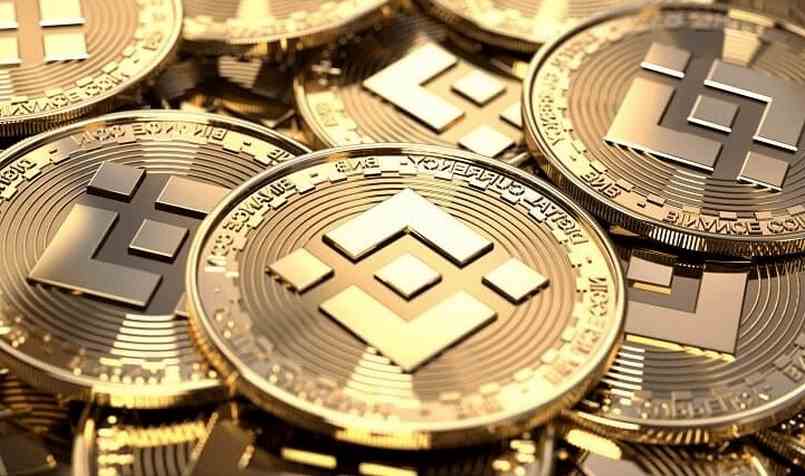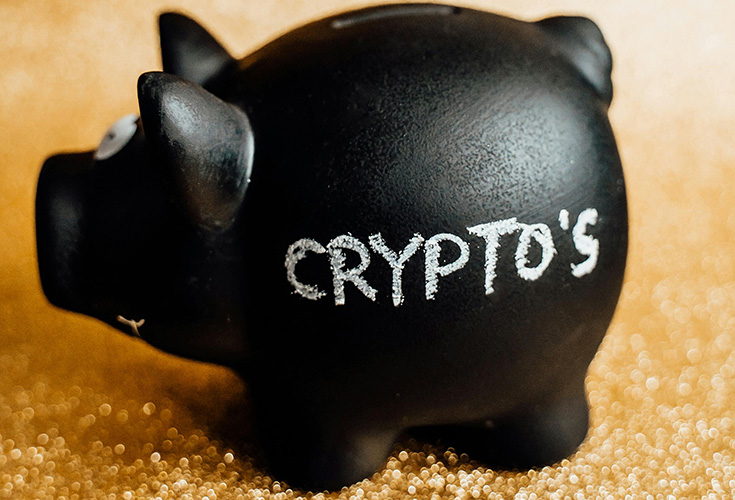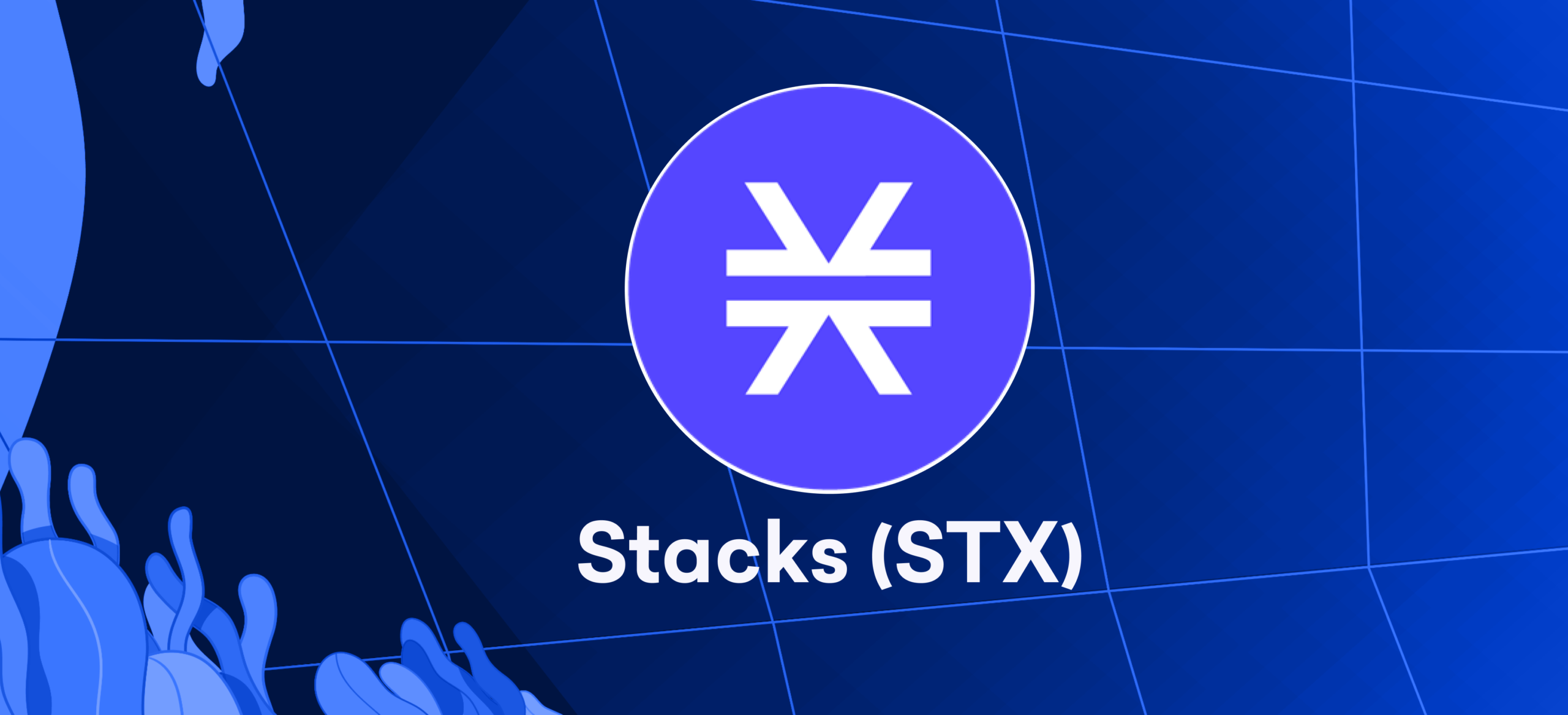
Introduction
Binance Chain, a blockchain network created by the well-known controlled cryptocurrency exchange, launched in 2019. Its goal was to facilitate Binance DEX, a decentralized trading platform allowing users to trade directly. Furthermore, it served as the foundation for Binance Coin (BNB), which initially originated from Ethereum but underwent conversion via a token swap.
Binance Chain boasted swift trading capabilities due to its rapid launch. However, it lacked the comprehensive features necessary to support a broader range of decentralized applications (dapps).
This is where the new BNB Chain (previously known as Binance Smart Chain) enters the picture. As implied by its name, it represents a more advanced blockchain than its predecessor. However, it operates as a parallel platform, not a substitute.
Understanding BNB Chain: A Versatile Blockchain For Decentralized App Development
The BNB Chain will be launched as a blockchain service in September 2020. It enables developers to build decentralized apps, often known as smart contracts.
#Binance Smart Chain Has Launched! 🚀
Numerous crypto projects are already working with the Binance Chain community to help make BSC a robust blockchain platform, such as:
🔸@AaveAave
🔸@SwipeWallet
🔸@1inchExchange
🔸@BreederDodo
🔸@dForcenet
More ⬇️https://t.co/3apazSpcst— Binance (@binance) September 1, 2020
Enhancing Functionality & Interoperability
In contrast to its predecessor Binance Chain, BNB Chain does not have such capabilities. The creators did not design it to allow for quick transactions. However, They did considerably expand the variety of features and capabilities accessible.
Additionally, it boasts compatibility with the Ethereum Virtual Machine (EVM), enabling the seamless migration of dapps from Ethereum to the BNB Chain.
Standalone Blockchain with Parallel Integration
Importantly, BNB Chain is not merely a rebranded version or an expansion of the original Binance Chain through layer-two or sidechain solutions. Instead, BNB Chain stands as an entirely independent and autonomous blockchain, capable of functioning even if the Binance Chain were to go offline. In parallel, both blockchains are designed to work harmoniously. They ensure a cohesive ecosystem for decentralized application development.
Understanding The Mechanics Of The BNB Chain
BNB Chain’s Proof-of-Staked Authority Consensus Algorithm
BNB Chain utilizes a unique consensus algorithm, Proof-of-Staked Authority (PoSA). It combines elements of proof-of-stake and proof-of-authority models. In this algorithm, validators stake BNB to validate blocks and receive transaction fees. They are in charge of authorizing network blockages.
Seamless Integration & Interoperability with Binance Chain & Ethereum
Binance Chain and BNB Chain complement each other well due to built-in cross-chain communication. This allows for the rapid exchange of assets between the two blockchains. It capitalizes on the swift trading capabilities offered by the Binance Chain. Furthermore, it leverages the smart contract capabilities provided by the BNB Chain. The platform of Binance Chain enables the effortless conversion of Smart Chain’s BEP-20 tokens into BEP-2 and BEP-8 coins.
Moreover, the BNB Chain’s compatibility with the Ethereum Virtual Machine (EVM) enables straightforward migration of dapps from different blockchains. This feature holds significant appeal for dapp owners, particularly considering the recent surge in Ethereum and gas costs. However, it is worth noting that Ethereum 2.0 will employ a proof-of-stake system. This change may relieve some of its existing problems.
The Unique Features of BNB Chain: What Sets It Apart?
The cross-chain interoperability of Binance Chain and BNB Chain empowers developers. They can leverage the capabilities of both blockchains for optimal dapp functionality. It offers a fascinating pairing of options and enhanced performance for developers.
Furthermore, the BNB Chain can carry over and potentially develop and grow dapps from Ethereum, indicating EVM compatibility. Avalanche and Telos are emerging blockchains challenging Ethereum’s dominance with EVM support. They aim to provide a competitive alternative.
These platforms, such as Ethereum, acknowledge the importance of compatibility with the Ethereum Virtual Machine (EVM). By leveraging this compatibility, they aim to attract developers and users to their networks. Joining this trend, Binance has introduced BNB Chain. It positions itself as another contender, capitalizing on the growing interest in blockchain technology. Binance has enormous brand recognition in the market. It also enjoys significant investment, liquidity, and a thriving exchange and ecosystem.
Unlocking Possibilities: Exploring The Potential of BNB Chain
BNB Chain focuses on decentralized app developers, providing a platform for building new apps or migrating projects from Ethereum. The business hopes to attract developers with its dual-chain structure, EVM support, and Binance investment. The purpose is to benefit all parties.
In October 2020, Binance founder Changpeng “CZ” Zhao told Decrypt that BNB Chain is a way for the firm to close the divide between centralized and decentralized finance. Binance has launched a $100 million fund to promote blockchain-based decentralized finance (DeFi) projects. The fund includes up to $100,000 for specific individual projects.
How To Use The BNB Chain
Binance argues that BNB has several applications inside and outside the BNB Chain ecosystem. BNB Chain categorizes BNB use cases on its website into the following categories: money, travel, entertainment, service, and financial.
Transaction Fees & Other Facets Of The Binance Ecosystem
Transaction fees are commonly paid using BNB, a digital currency. Binance says over 2 million users have used BNB to pay trading fees. These fees amount to over 40 million BNB, covering over 127 billion transactions on the Binance trading platform alone.
Paying ordinary trading costs on the Binance Exchange using BNB entitles customers to a special discount. Each trade on the exchange incurs a 0.1% charge, which may be paid in traded assets or BNB. Furthermore, traders using Binance are encouraged to acquire BNB to save on transaction costs.
Follow these procedures to buy BNB on Binance Exchange:
- Click on your Profile.
- Navigate to your Dashboard.
- Select Your Trading Fee Level.
- Select “Using BNB to pay for fees (25% discount).”
BNB powers the Binance DEX and apps on the Binance Beacon Chain.
You can use it beyond the Binance platform.
Other methods to use BNB within the Binance ecosystem include:
- Pay for products and services using your Binance Card or Binance Pay online and in-store.
- Participate in the token sales on Binance Launchpad.
- Donate to Binance Charity
- Provide liquidity on Binance Liquid Swap
Payment
Users Can use BNB to pay for items, purchase virtual presents, and do other things. Pundi X, CoinGate, Monetha, and more integrations are listed on the BNB website.
Travel
BNB can pay for the airline, hotel reservations, and other travel expenses through TravelbyBit, Trip.io, and Travala.com.
Entertainment
Users can earn BNB from games by using BNB on numerous connected platforms, such as VIBE. They can also use the coin to buy music rights on MachiX or virtual land on Axie Infinity (AXS).
Service
BNB is also useful for hiring freelancers, developing smart contracts, downloading torrents, and paying for cloud or web server subscriptions.
Finance
BNB can also be utilized to take out loans, trade equities, buy assets, and divide bills and costs with others using financial apps like ETHLend, NAGA, Moeda, LNDR, and Nexo.
MetaFi
The BNB Chain is also useful in the construction of MetaFi. MetaFi, a combination of “meta,” which stands for the “meta ecosystem,” and “Fi,” which stands for “DeFi,” brings together multiple initiatives under one umbrella, including Metaverse, GameFi, DeFi, Web3, SocialFi, and NFTs.
Through the information that specifies asset ownership, MetaFi unites a wide variety of blockchain functions in a single meta ecosystem. Interoperability is achievable because of metadata standards utilized across platforms and blockchains.
According to the MetaFi motto, “Think BNB Chain, Think MetaFi.” The BNB Chain aims to foster MetaFi innovation through strong projects. These projects have multichain capabilities and bridges to facilitate asset transfers.
The BNB Chain ensures that the parallel virtual environment runs smoothly. It allows artists, developers, and businesses to build the required infrastructure. The community benefits from a seamless platform for their creative endeavors.
Future Of The BNB Chain
BNB Chain is still in its early stages, debuting at the beginning of September 2020 after the concept was announced earlier in the year. Nonetheless, Binance is heavily promoting the platform through its $100 million assistance fund for DeFi apps. It highlights the advantages of the dual-chain method.
Surprisingly, the development of BNB Chain and strong efforts to recruit DeFi engineers go against Binance’s primary business of being a controlled exchange. According to the corporation, it always seeks to “disrupt” itself.
“For some people, the emergence of DeFi represents a shift away from centralized blockchain platforms,” a blog post announcing the debut of BNB Chain said. “This could be viewed as a danger to services like Binance.” We respectfully disagree. DeFi is an opportunity for us to provide better blockchain solutions.”
We’ll see if the blockchain community agrees and makes BNB Chain a major blockchain platform for decentralized apps in the next years.








